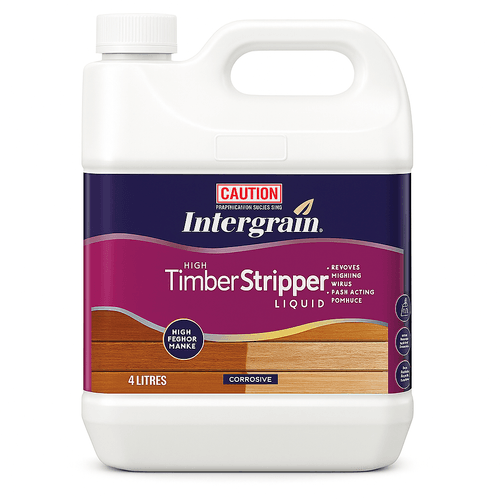Timber and Wood Stains
- Wood stains enhance the natural beauty of wooden decks, floors, and furniture. While most varieties provide semi-transparent colour, others come as completely opaque or clear. At ArchiPro, we offer a range of high-quality timber coatings, including attractive black wood stains and specialised deck stains with UV protection properties from trusted suppliers in New Zealand.Why ArchiPro?
No more endless searching -
Everything you need, all in one place.Real projects, real experts -
Work with vetted architects, designers, and suppliers.Designed for New Zealand -
Projects, products, and professionals that meet local standards.From inspiration to reality -
Find your style and connect with the experts behind it.Start your Project
Start you project with a free account to unlock features designed to help you simplify your building project.
Learn MoreBecome a Pro
Showcase your business on ArchiPro and join industry leading brands showcasing their products and expertise.
Learn More


